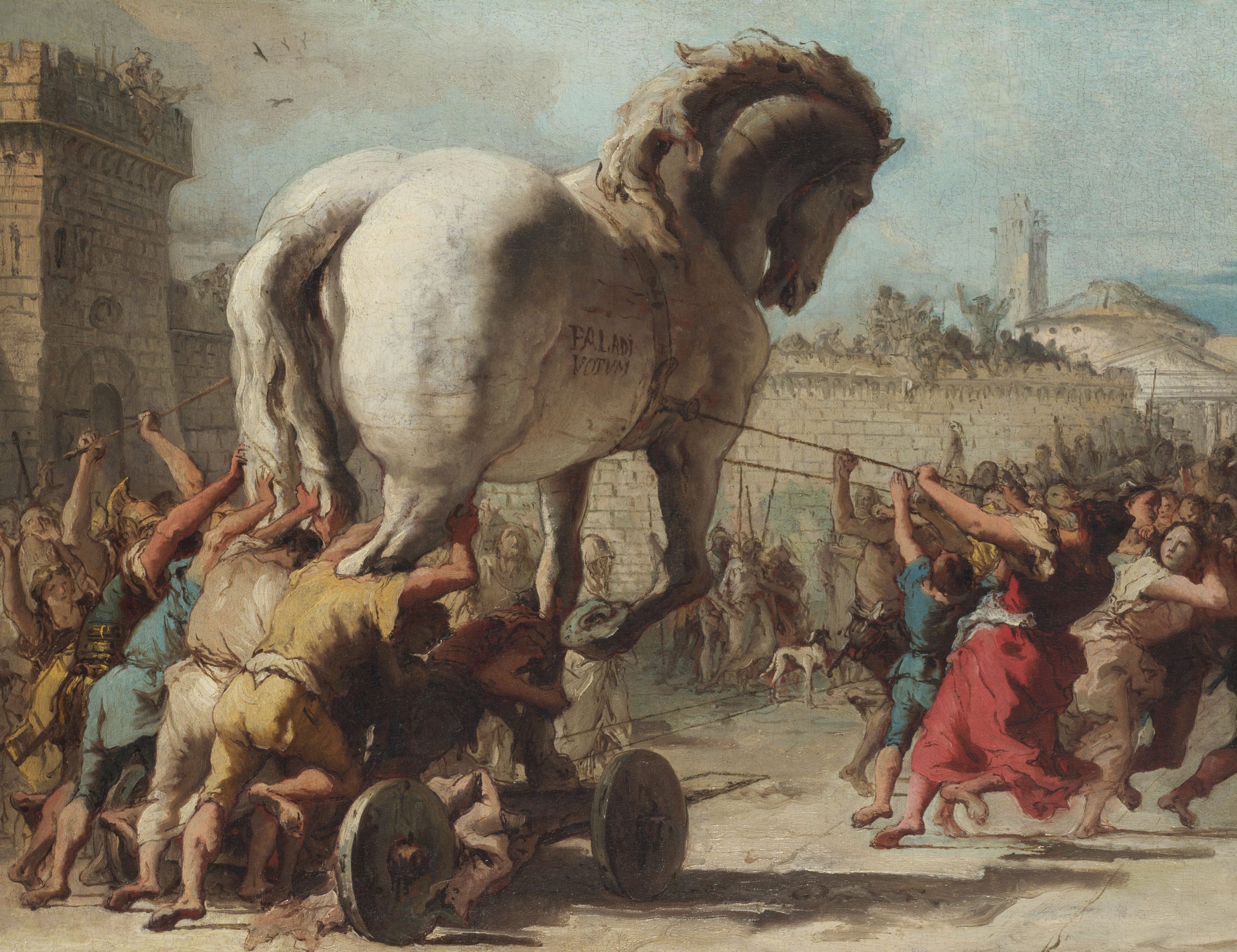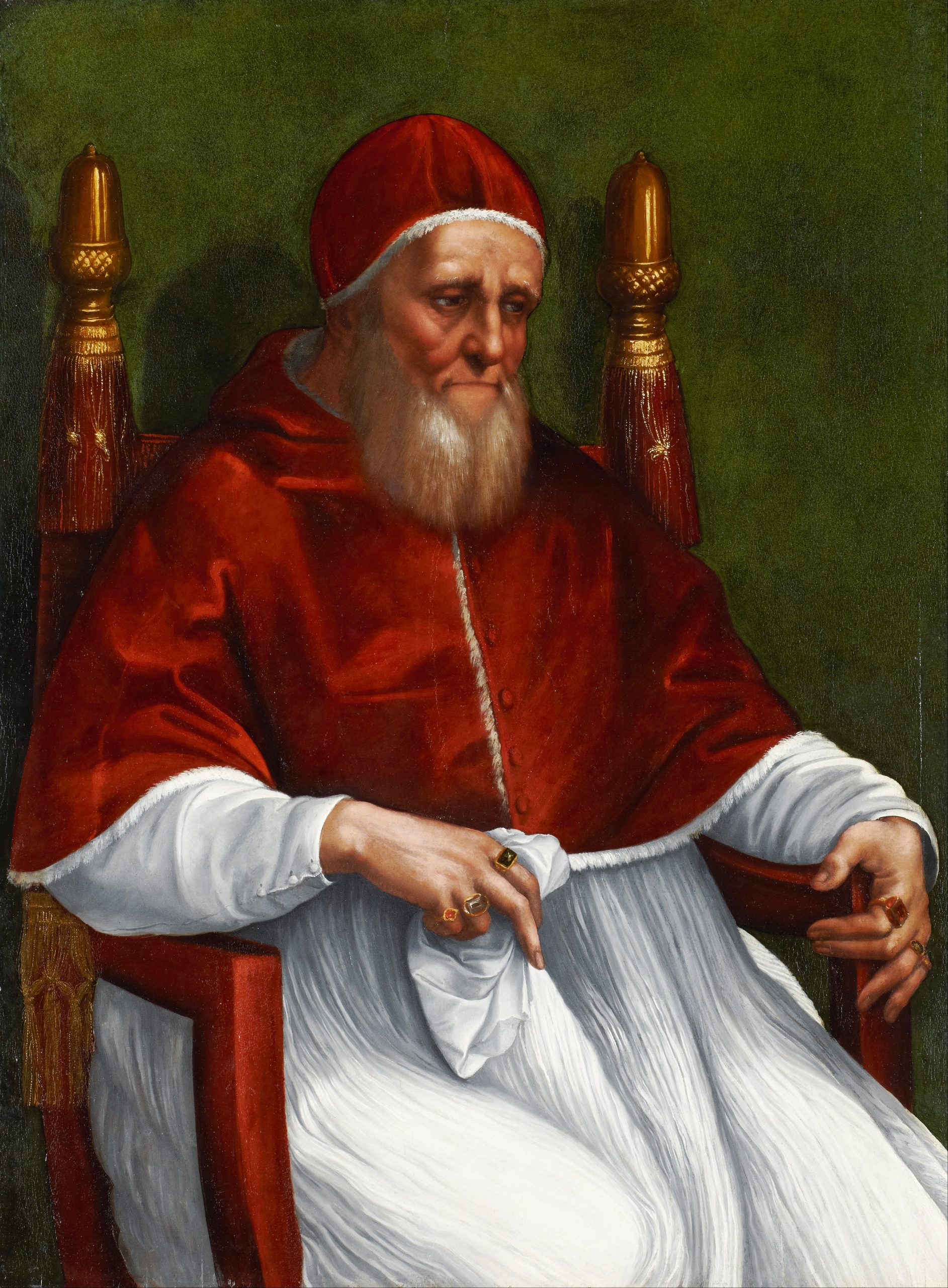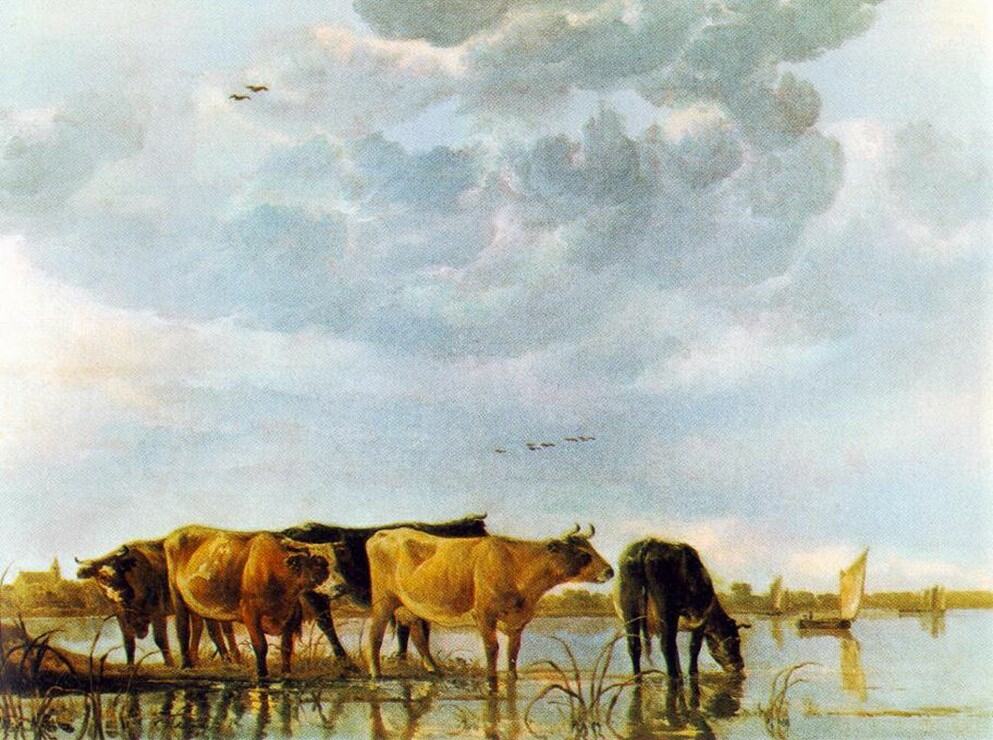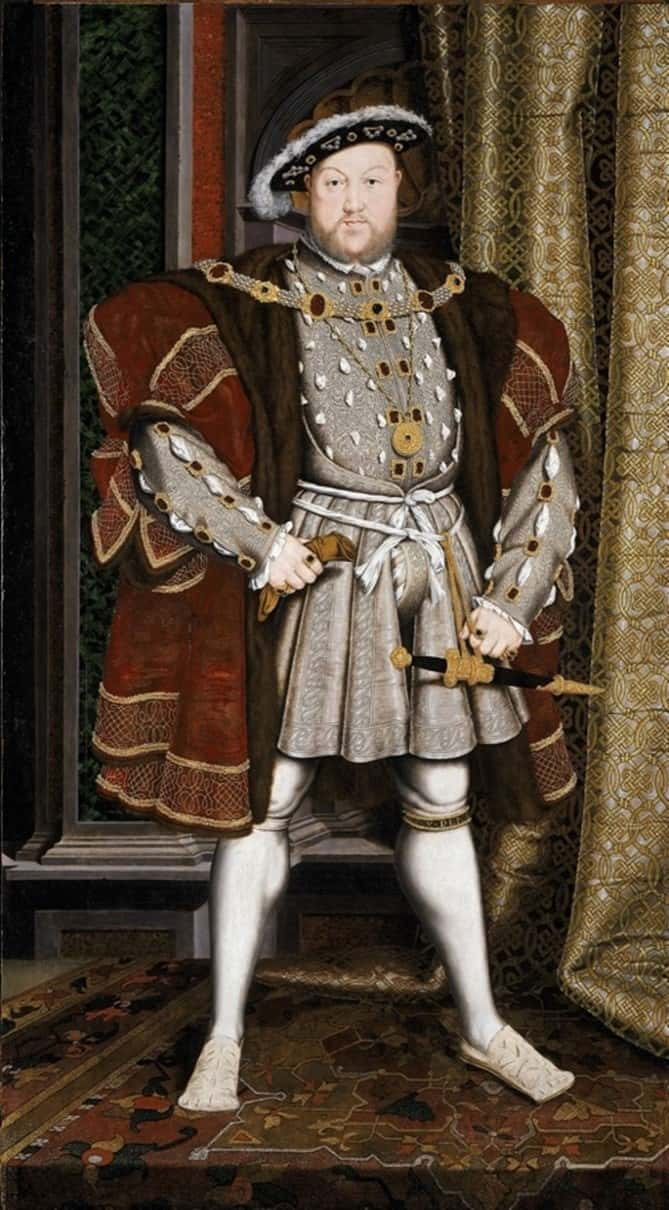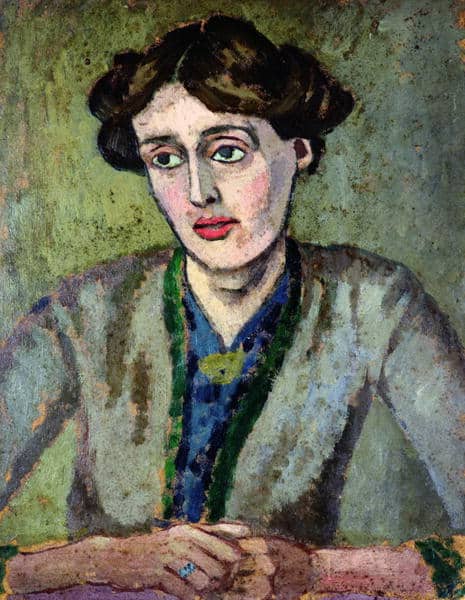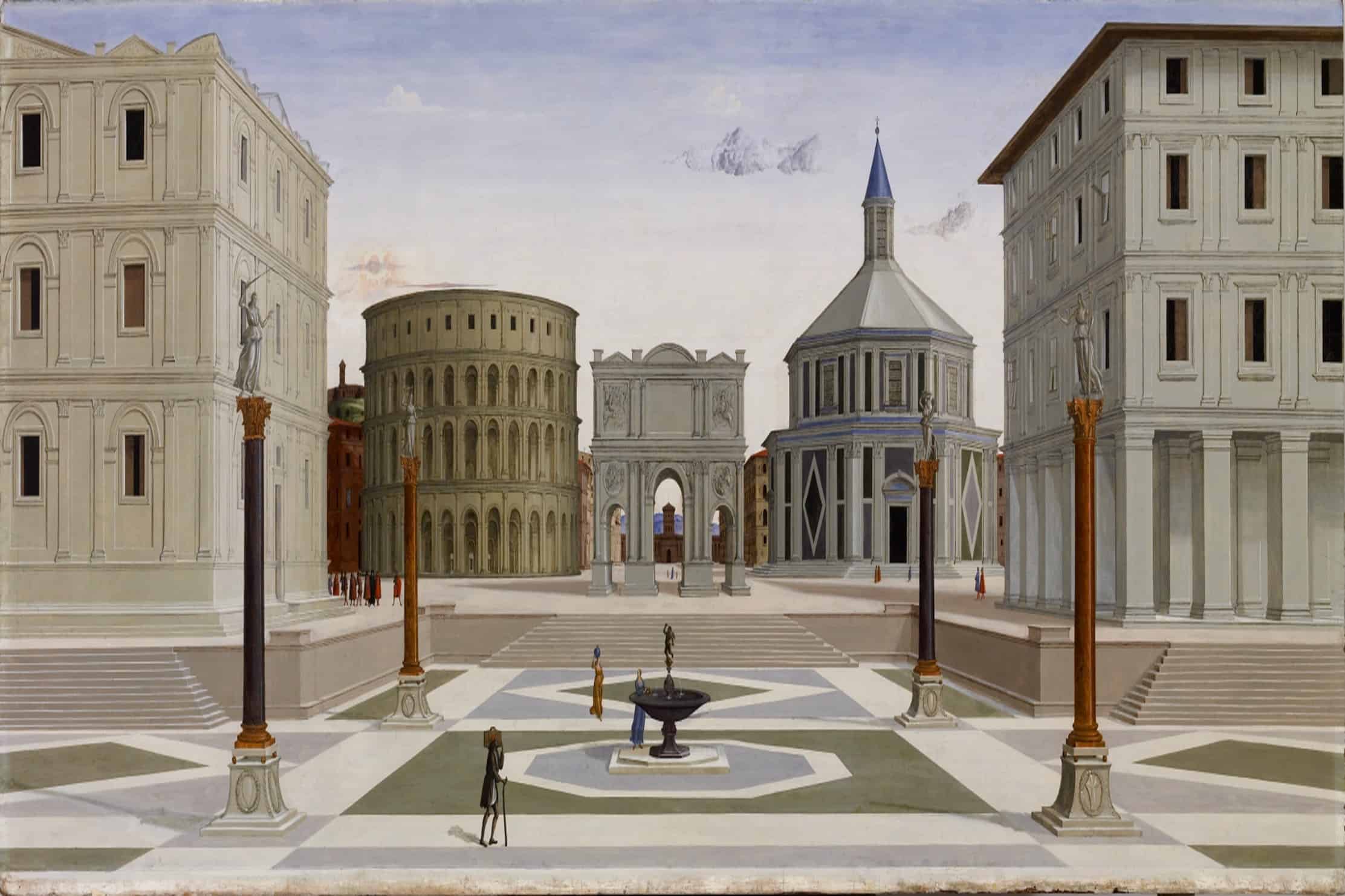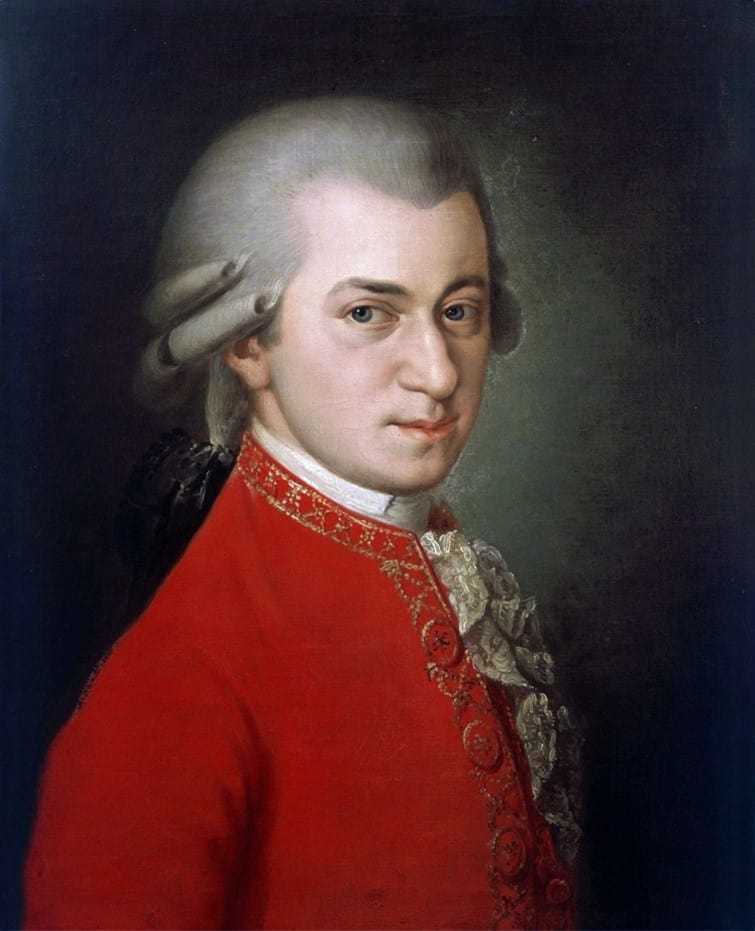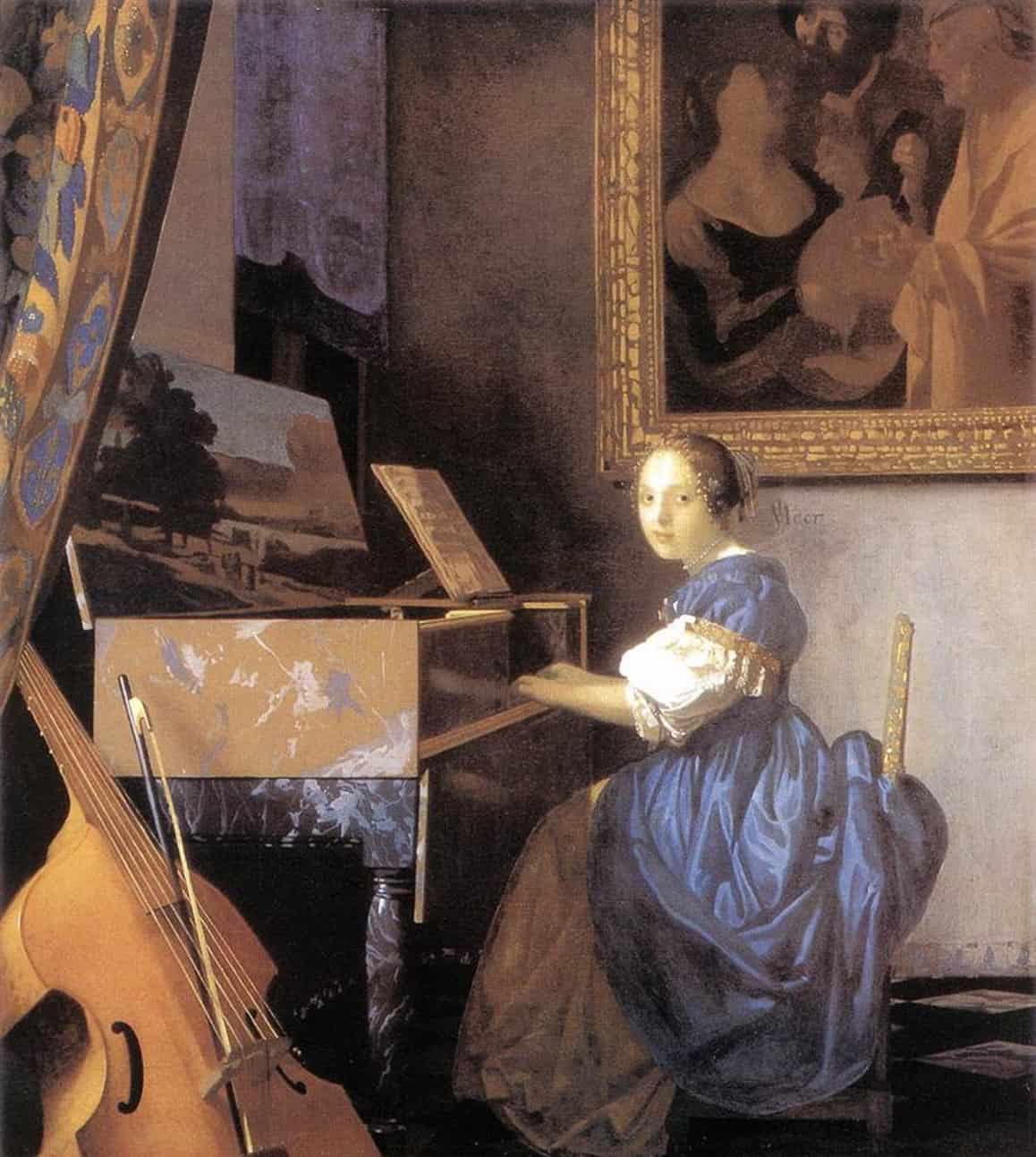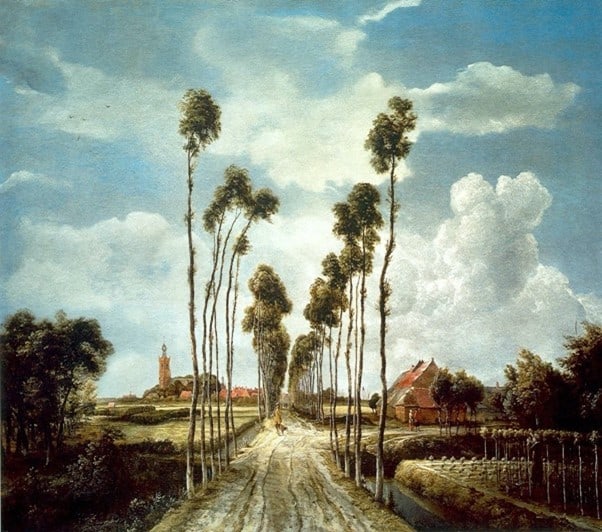Palaces, Islands, and Masterpieces of Northern Italy (Milan, Turin and The Borromean Islands)
Boasting a world‐class collection of Italian art, the chic city of Milan is a must for lovers of the Gothic and Renaissance. With alpine views, its rival, Turin, is much more than an industrial centre. Elegant streets and a beautifully‐preserved historic centre, make it the perfect place to trace the legacy of the Savoia royal
Cities Of Light, Cities Of Darkness: Vienna And Paris Around 1900
Vienna and Paris are rarely brought into ‘conversation’ with each other. Yet the cross-currents between these two great cities around 1900 powered exciting, sometimes disturbing new visions in European art and thought which resonated throughout the twentieth century. We will examine the ways artists and other cultural figures – writers, musicians, and architects – shaped
The Story Of Greece And Rome – As Told Through London’s Buildings
Harry Mount, author of Amo, Amas, Amat and All That and Odyssey - Ancient Greece in the Footsteps of Odysseus, tells the history of the classical world from 1200 BC to 410 AD through London's buildings in five delightful walks.
Great Italian Dynastic Art Collectors: Their Palaces, Villas And Chapels
This series of illustrated lectures surveys the collecting cultures of Renaissance and Post-Renaissance Italy by focusing on the artistic production and consumption of five powerful Italian dynasties and their artists. Some of the original more portable works have been dispersed to the art market over the centuries and we will study the subsequent provenance of
The Low Countries: Creativity, Invention & Inspiration (Netherlandish, Flemish and Dutch Art)
This course will bring together the Golden Age of Dutch, Flemish and early to late Netherlandish Art. We will examine their changing face from the 14th to 16th century and how and why the meaning and function evolved and why artists were drawn to particular subject matters.
The English Renaissance: England under the Tudors
In just 3 generations, the upstart Tudor clan not only produced some of the more dramatic personalities and legends of the monarchy but took the country from the Middle Ages into the great artistic “rebirth” of the Continent, from stained glass and manuscripts for Henry VII to Renaissance portraits for his son and grandchildren, from
The Spider’s Web
“Fiction is like a spider’s web, attached ever so slightly perhaps, but still attached to life at all four corners” Virginia Woolf All the writers in this short series draw inspiration and support from those closest to them. Where would Jane Austen have been without the support of her sister Cassandra, or Virginia Woolf without
Designs for Living
The ideal city or home has long been a preoccupation of thinkers, rulers, and architects. These lectures, mostly focused on western examples, range widely over time, and are loosely themed to discuss particular visions of models for dwelling, working and display. We will discuss both those which were built (or at least attempted) and schemes
Art and Music
Music is not only for the ears. Throughout the history of art, musicians have been represented at play. The concept of musical harmony has also pervaded architecture since its origins. And music also influenced the development of colour theory, proportion and abstraction in art - not to mention the exquisite designs of musical instruments. This
Art’s Hall of Mirrors: How Poems Succeed in Making Paintings and Sculptures Speak in English
The ability that paintings, like music, have to leave you speechless is surely the whole point: art needs no words to fire the mind, quicken the body and touch the heart. And then we say of a painting that it really speaks to us. No wonder poets want to speak back, make art’s hidden voice
Cameos
Certain subjects exert a sustained fascination for the artist, others rise from nothing in response to a particular mood, a particular time – landscape, still-life, war…... Each week this course will examine a different theme and the changing way it has been perceived and presented through the ages, moving in to focus on a specific
Our On Demand Courses
Thousands of students have undertaken our courses and with the help of our talented lecturers, you too could gain this specialised knowledge.
View on Demand

